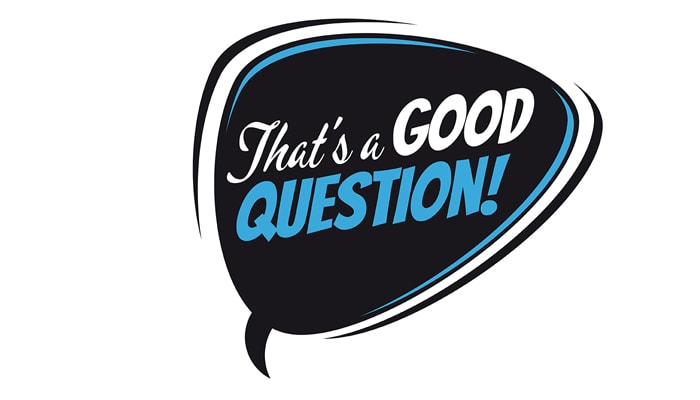Articles
Commentary

Supply Chain Technology: What’s Coming Online?
The next wave of supply chain technology includes exciting innovations such as closed AI systems, non-human customers, edge processing, and LEO satellites. Are you ready?
Read More
Preventing Another Supply Chain Groundhog Day
Rising prices, long delays, and mounting backlogs are factors reminiscent of the 2020 shipping crisis. But businesses still experience some of the same challenges, which are, unfortunately, tracking well ahead of where we were during the pandemic. It’s imperative that we prevent another supply chain Groundhog Day.
Read More
What’s One Supply Chain Misconception That Needs to Be Cleared Up Now?
A lights-out supply chain? A systemic truck driver shortage? Cost-prohibitive sustainability? Readers tackle these misconceptions and more.
Read More
Global Logistics: Key Trends and Takeaways
The only certainty when it comes to global logistics is ongoing uncertainty. Agility, technology, and an appreciation for geopolitics are among the abilities essential to navigating the current environment.
Read More
Women’s History Month – Supply Chain Style
In honor of Women’s History Month, we take a look at some remarkable women leading the charge in the supply chain sector.
Read More
How to Attract Younger Generations to Truck Driving
With a shortage of more than 60,000 truck drivers due in large part to an aging workforce, the idea of recruiting millennial and Generation Z workers into the profession is gaining traction.
Read More
The Power of Diversity in Transport Tech
Transportation technology, once a world dominated by traditional infrastructure, has now become a hotbed of innovation driven by technology such as autonomous systems, artificial intelligence, and advanced driver assistance systems. While these advancements have reshaped the industry, it is the evolution of gender diversity that has the potential to revolutionize it further.
Read More
How a Winning Auto Industry Forecast Relies on a Well-Calculated Expedited Strategy
I predict a roller coaster year for electric vehicles. The pressures of balancing cost alongside mass production, building out infrastructure, mapping accessible charging stations, procuring mass quantities of materials, particularly for batteries, all while meeting demand and participating in the race to net-zero emissions is a tall order.
Read More
Next-Gen Logistics: AI and Innovation Trends in 2024
The logistics industry is on the brink of a major transformation, fueled by artificial intelligence and technological advancements. These changes target improvements in operational efficiency and customer experience. As these trends emerge, they’re reshaping logistics from its traditional role into a key driver of business success and customer satisfaction.
Read More
Have Companies Made Progress Toward Supply Chain Resilience Since the Pandemic?
Most readers agree supply chains have become more resilient since the pandemic. But some note caveats and potential pitfalls.
Read More